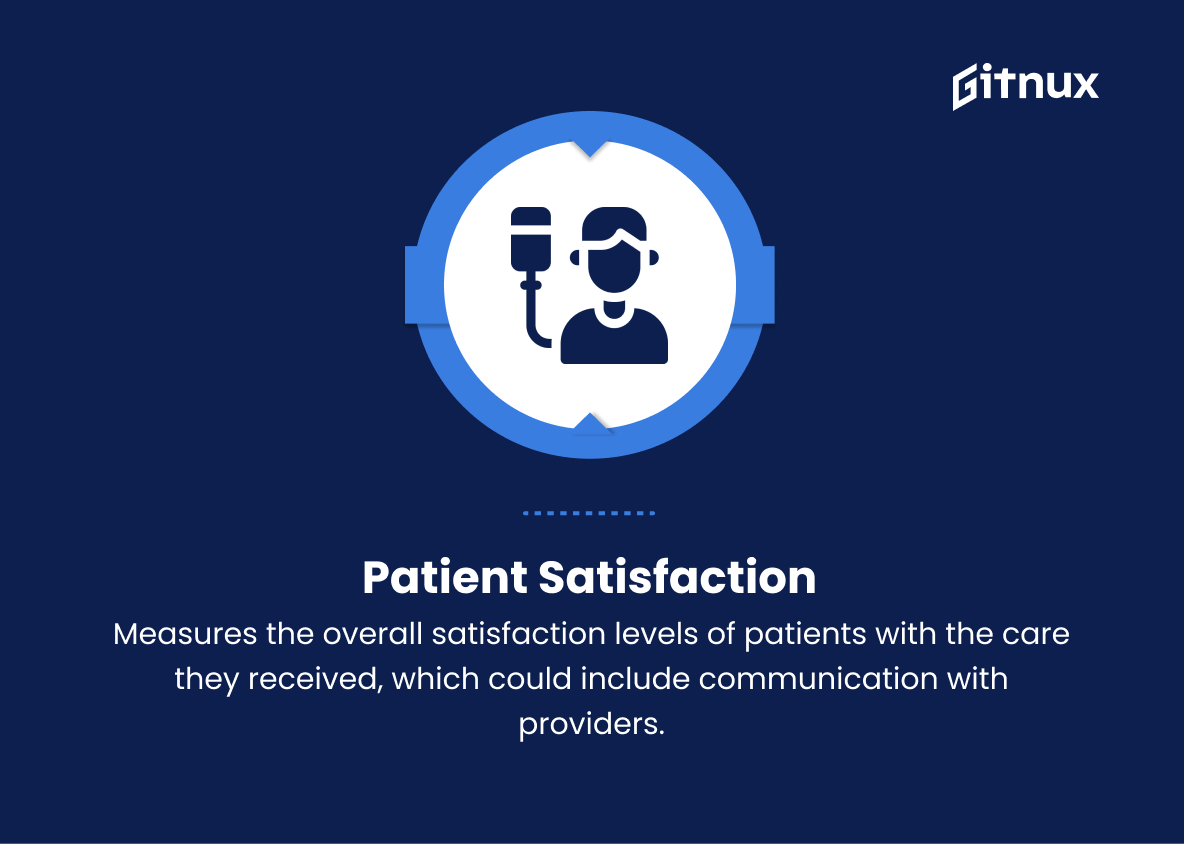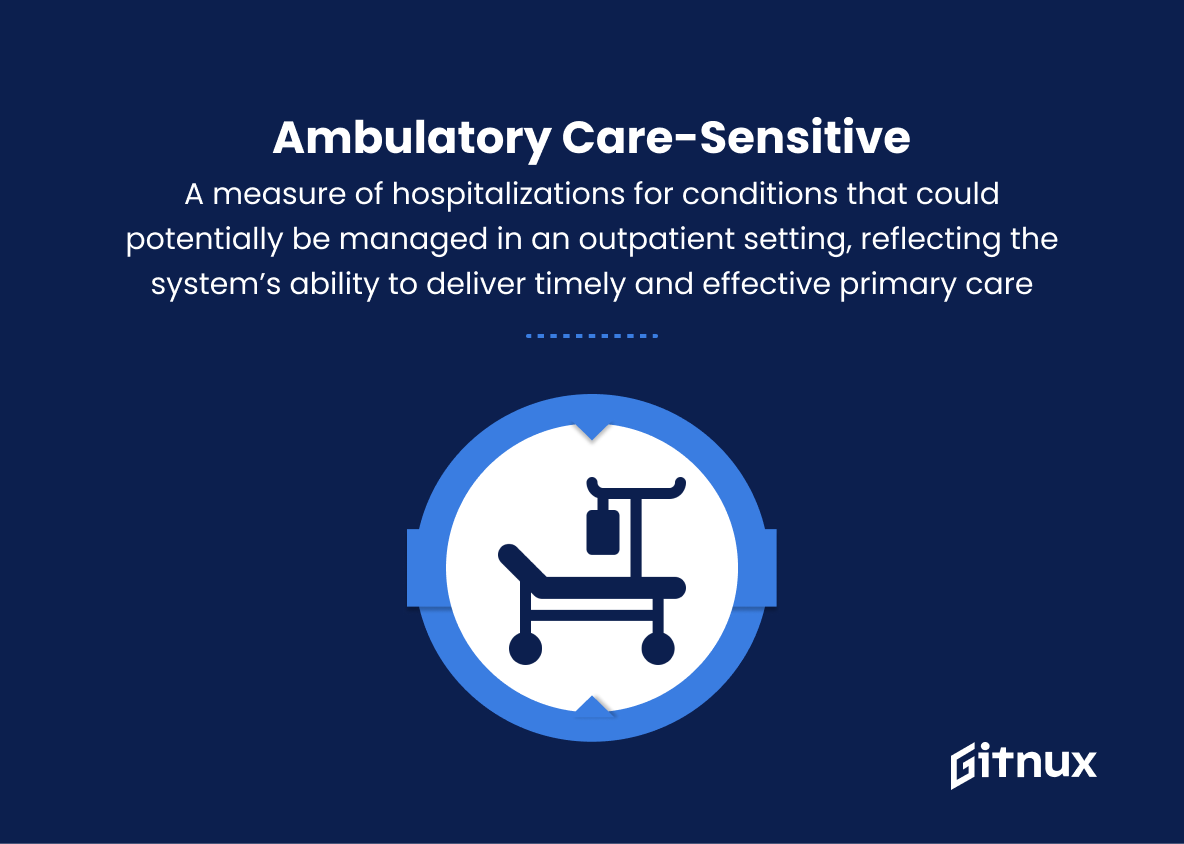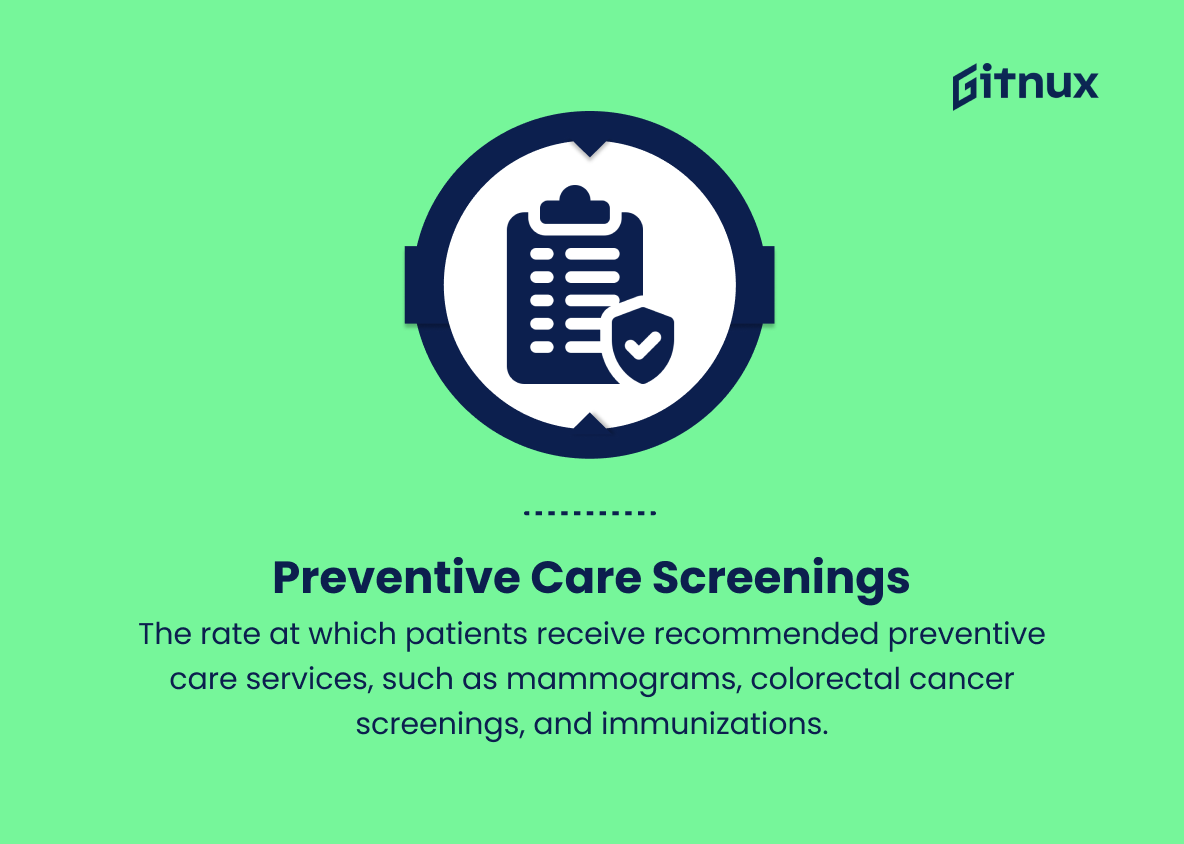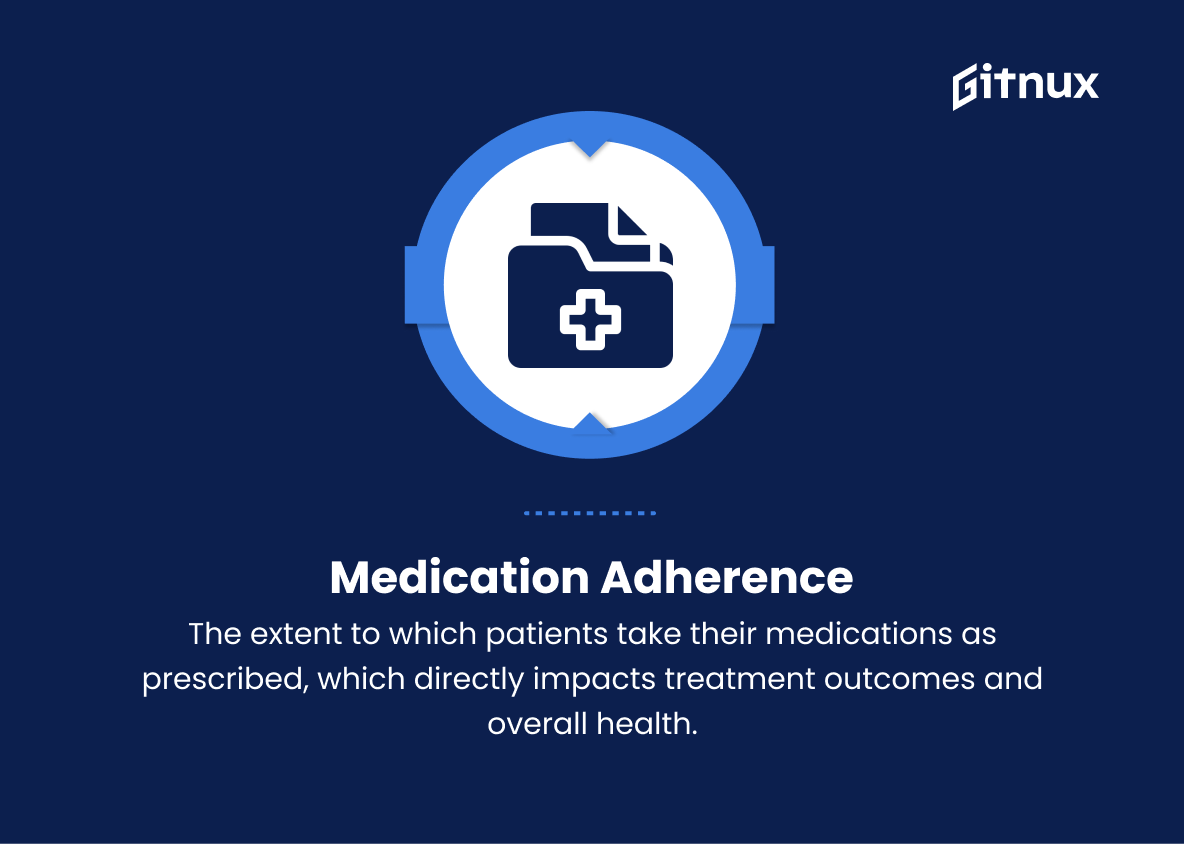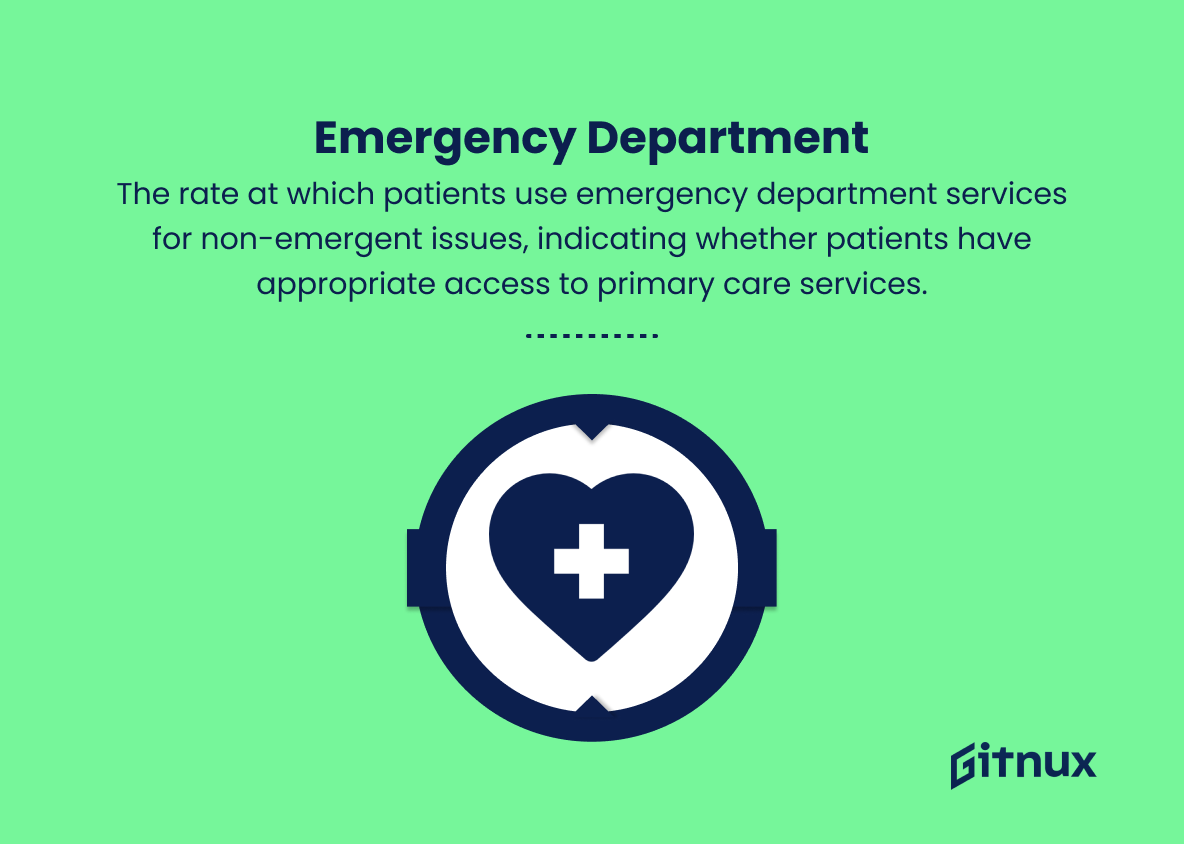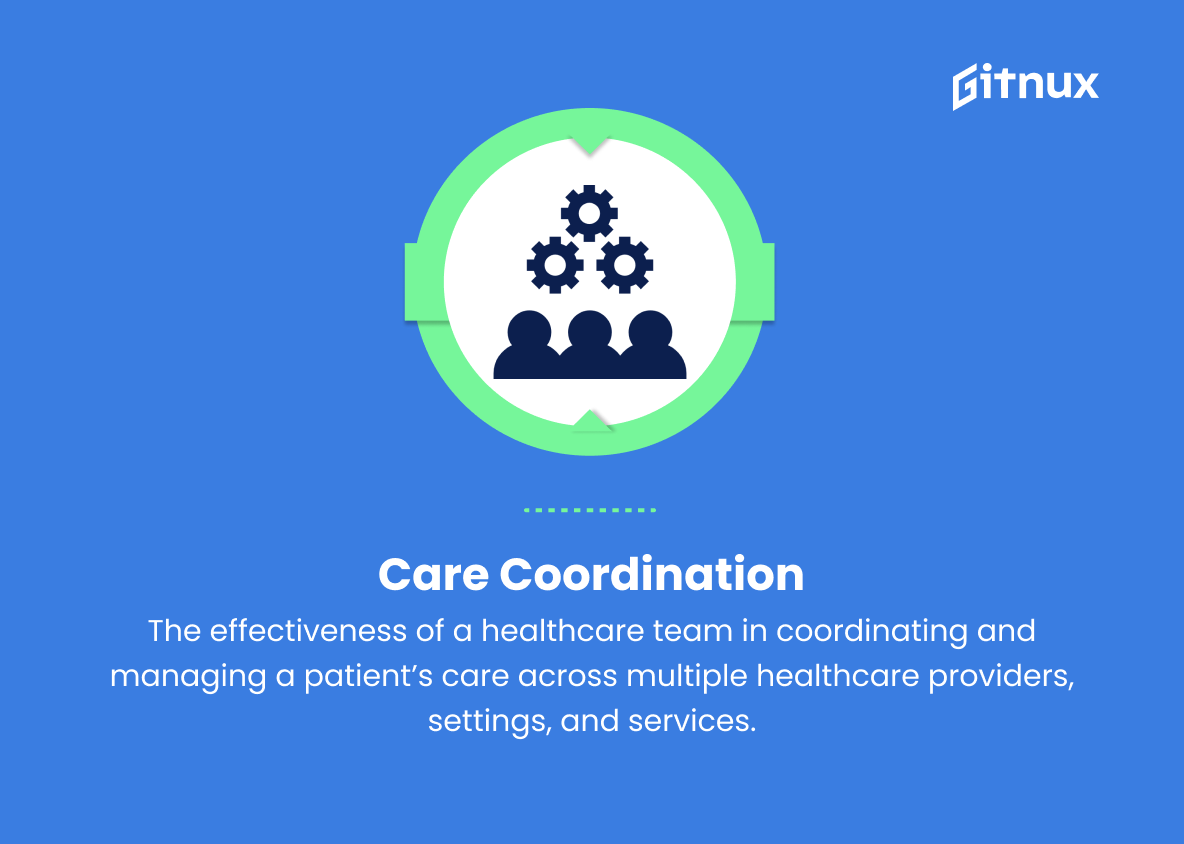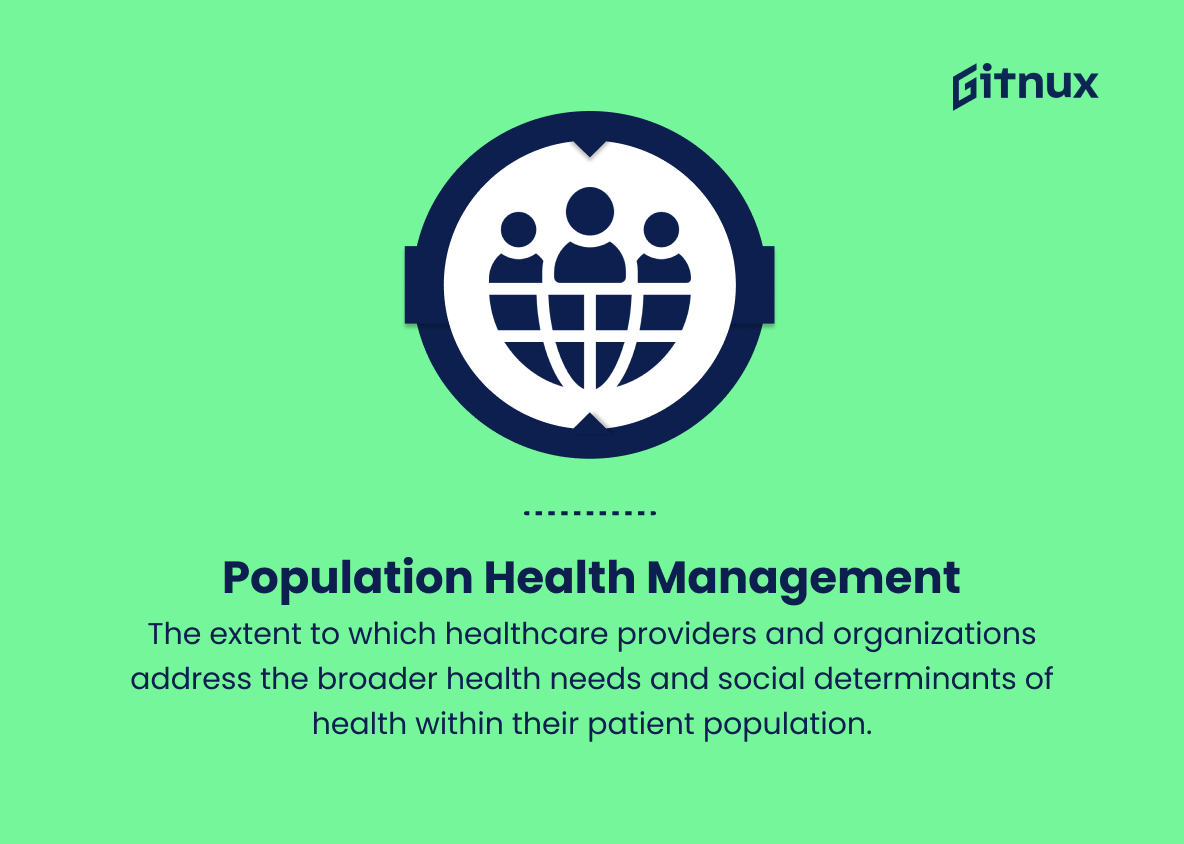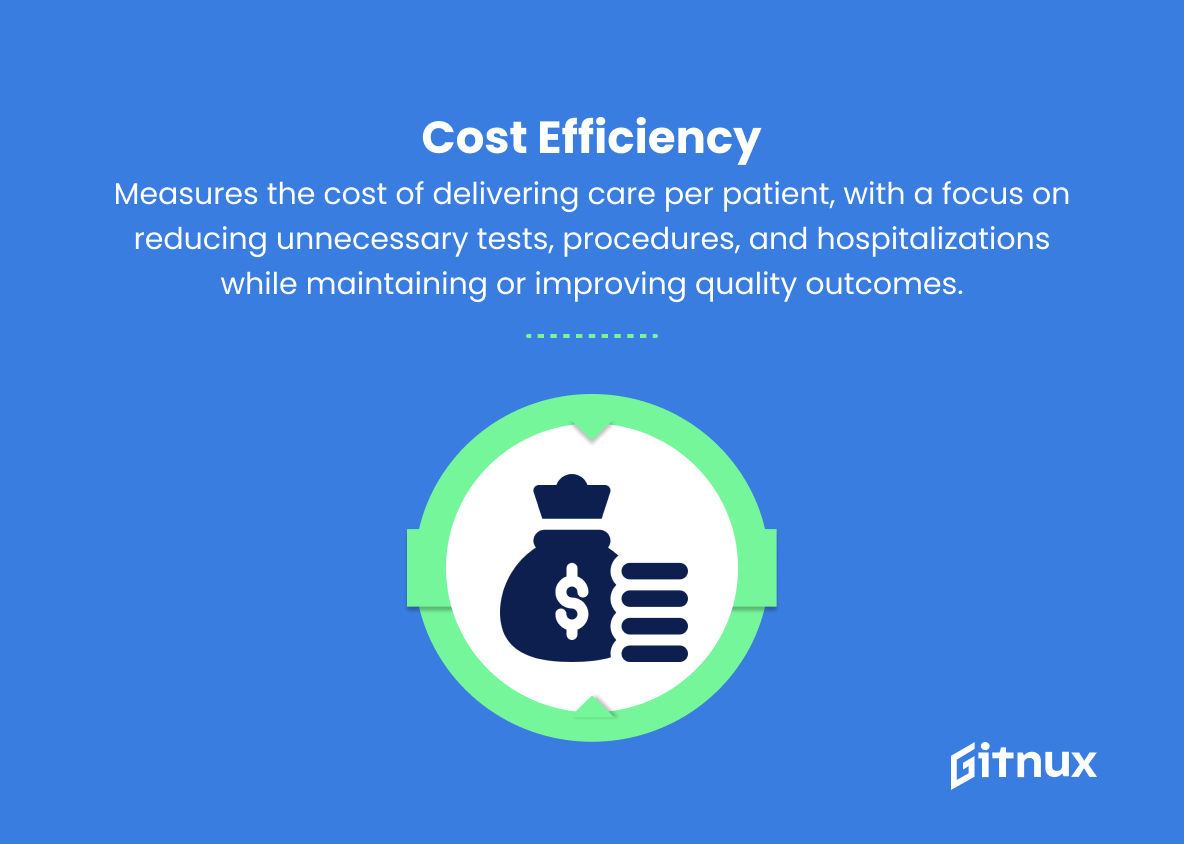En el complejo panorama de la atención médica actual, la búsqueda de brindar atención de alta calidad centrada en el paciente se ha vuelto primordial. A medida que los proveedores de atención médica navegan por el ecosistema de atención médica en constante evolución, la adopción de métricas de atención basadas en el valor es un paso crucial para alinear los incentivos financieros con mejores resultados para los pacientes. Esta publicación de blog profundizará en las complejidades de las métricas de atención basadas en el valor, examinando su papel en el impulso del rendimiento, fomentando la responsabilidad y mejorando la satisfacción general del paciente.
A través de una comprensión profunda de estas herramientas de medición esenciales, los proveedores de atención médica pueden cumplir de manera más efectiva su misión de brindar una atención excepcional y compasiva, al tiempo que mejoran la rentabilidad y fomentan una mejor colaboración entre todas las partes interesadas.
Value Based Care Metrics You Should Know
1. Patient satisfaction
Measures the overall satisfaction levels of patients with the care they received, which could include communication with providers, ease of access to care, and overall treatment experience.
2. HEDIS (Healthcare Effectiveness Data and Information Set)
A standardized set of performance measures used to track the delivery of care across various domains, including the effectiveness of care, access to care, and patient experience.
3. Readmission rates
This metric tracks the percentage of patients who are readmitted to a hospital within a specified period (usually 30 days) after being discharged, indicating the quality of care received during their initial hospital stay.
4. Ambulatory care-sensitive hospitalizations
A measure of hospitalizations for conditions that could potentially be managed in an outpatient setting, reflecting the system’s ability to deliver timely and effective primary care.
5. Preventive care screenings
The rate at which patients receive recommended preventive care services, such as mammograms, colorectal cancer screenings, and immunizations.
6. Chronic disease management
The effectiveness of care for patients with chronic conditions, measured through metrics such as blood pressure control for hypertensive patients, diabetic blood sugar control, and asthma medication use.
7. Medication adherence
The extent to which patients take their medications as prescribed, which directly impacts treatment outcomes and overall health.
8. Emergency department (ED) utilization
The rate at which patients use emergency department services for non-emergent issues, indicating whether patients have appropriate access to primary care services.
9. Care coordination
The effectiveness of a healthcare team in coordinating and managing a patient’s care across multiple healthcare providers, settings, and services. This can be measured through metrics such as the percentage of patients with a care plan and timely communication between providers about patient care.
10. Patient-reported outcomes (PROs)
Patient-reported measures of their own health outcomes, symptoms, and quality of life, which help evaluate the effectiveness of care from the patient’s perspective.
11. Population health management
The extent to which healthcare providers and organizations address the broader health needs and social determinants of health within their patient population, promoting overall health and wellbeing.
12. Cost efficiency
Measures the cost of delivering care per patient, with a focus on reducing unnecessary tests, procedures, and hospitalizations while maintaining or improving quality outcomes.
These metrics collectively help assess the performance of Value-Based Care systems, focusing on quality, patient experience, and cost efficiency.
Value Based Care Metrics Explained
The importance of Value-Based Care Metrics lies in their ability to focus on quality, patient experience, and cost efficiency within healthcare systems. Patient satisfaction measures the overall experience of patients, including communication, access, and treatment, while HEDIS provides a standardized set of performance measures for evaluating care delivery across various domains. Readmission rates and ambulatory care-sensitive hospitalizations assess the quality of care provided and the effectiveness of primary care management. Preventive care screenings, chronic disease management, and medication adherence are crucial for early detection, treatment, and management of health conditions.
Emergency department utilization and care coordination reflect the accessibility and organization of primary care services for patients. Patient-reported outcomes allow for evaluation from the patients’ perspective, while population health management focuses on addressing broader health needs and social determinants of health. Finally, cost efficiency measures the cost of care per patient, aiming to reduce unnecessary tests, procedures, and hospitalizations while maintaining or improving quality outcomes. Together, these metrics offer a comprehensive evaluation of the performance of Value-Based Care systems.
Conclusion
In summary, value-based care metrics play a vital role in the ongoing transformation of our healthcare system. By focusing on patient outcomes and cost-effectiveness, these metrics help to ensure that healthcare providers continuously strive towards delivering higher quality care at a lower cost. Emphasizing the importance of prevention, early intervention, and personalized treatment plans, value-based care has the potential to create a more sustainable and patient-centric healthcare model.
As we continue to develop and refine these metrics, the healthcare industry must remain committed to fostering a culture of transparency, collaboration, and innovation. Ultimately, the successful implementation of value-based care metrics will result in better patient experiences, improved population health, and reduced healthcare costs for all parties involved.
